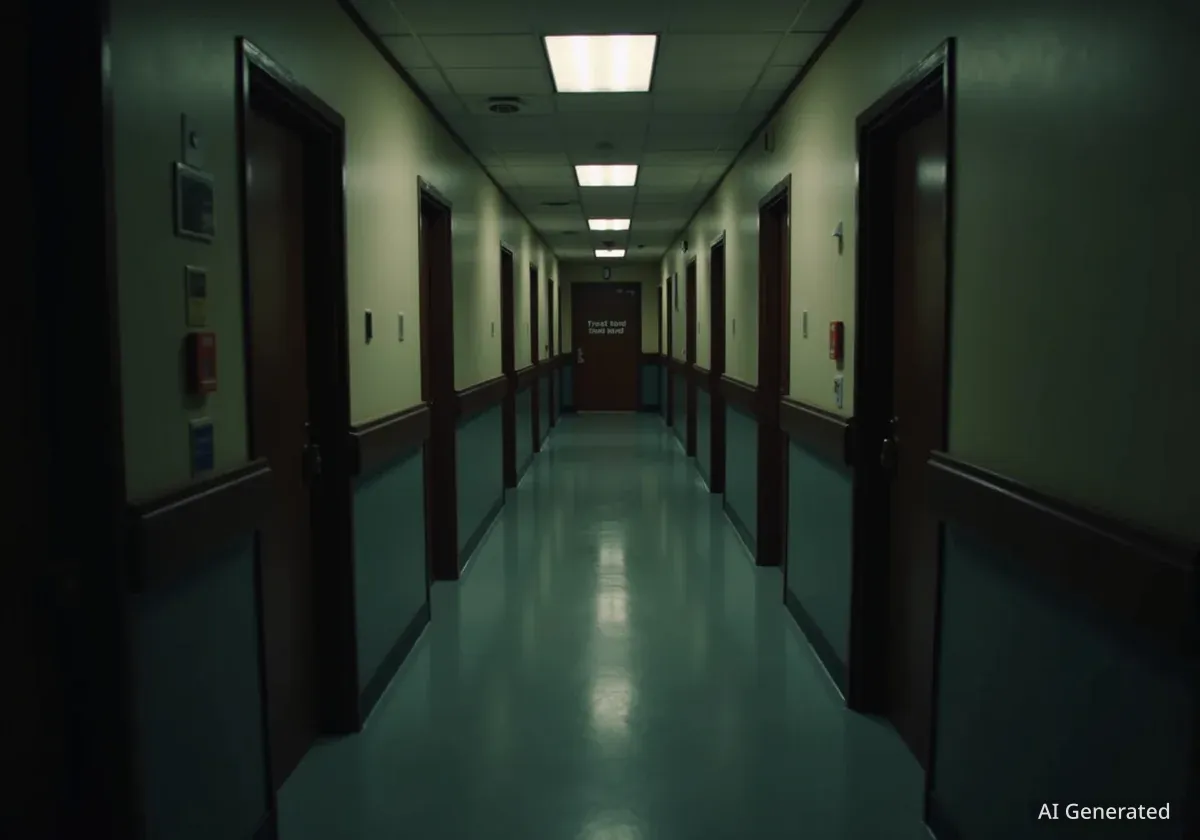The projected Cost-of-Living Adjustment (COLA) for Social Security benefits in 2026 has increased to 2.7%, according to the latest analysis from The Senior Citizens League. This upward revision is a direct response to persistent inflation, signaling that while retirees may see a larger nominal increase in their monthly checks, the purchasing power of their benefits continues to face significant pressure from rising prices.
Key Takeaways
- The 2026 Social Security COLA is now projected to be 2.7%, up from an initial forecast of 2.1% at the beginning of the year.
- This increase is driven by higher-than-expected inflation, with the Consumer Price Index showing a 2.9% rise from August 2024 to August 2025.
- A 2.7% adjustment would provide the average retiree with an additional $54 per month, but this gain is largely offset by the rising cost of goods and services.
- Studies show that Social Security benefits have lost approximately 20% of their buying power between 2010 and 2024, a trend that continues to challenge retirees.
COLA Forecast Climbs Throughout the Year
The Social Security Administration is scheduled to make its official announcement regarding the 2026 COLA in mid-October. However, preliminary estimates provide a clear indication of the expected adjustment. The Senior Citizens League, a nonpartisan advocacy group, regularly updates its forecast based on the latest inflation data from the U.S. Bureau of Labor Statistics.
The projection has steadily climbed since the start of the year, reflecting an economic environment where prices have not cooled as anticipated. The forecast began at 2.1% in January and has been revised upward multiple times.
Tracking the 2026 Projections
The month-by-month change in the COLA estimate highlights the trend of accelerating inflation:
- January: 2.1%
- February: 2.3%
- March: 2.2%
- April: 2.3%
- May: 2.4%
- June: 2.5%
- July: 2.6%
- August: 2.7%
- September: 2.7%
This trend shows that the economic factors driving inflation have been more persistent than early-year models predicted, leading to a larger, yet more necessary, benefit adjustment.
The Financial Impact on Retirees
For millions of American retirees who depend on Social Security, any increase in benefits is significant. The latest government data from August 2025 shows that the average retired worker receives just over $2,000 per month. A 2.7% COLA would translate to an increase of approximately $54 per month for the average beneficiary.
While this is a larger raise than the 2.5% adjustment received in 2025, the real-world impact is limited. The initial 2.1% projection for 2026 would have provided an extra $42 per month. The additional $12 per month in the current forecast is a direct reflection of the higher costs retirees are already paying for everyday necessities.
Benefit Increase vs. Inflation
According to the Bureau of Labor Statistics, the Consumer Price Index surged by 2.9% over the 12-month period ending in August 2025. This figure is the primary driver behind the 2.7% COLA projection, indicating the adjustment may not fully cover the increased cost of living.
Why a Higher COLA Signals Economic Trouble
A larger Social Security check is often viewed positively, but the underlying reason for the increase is a cause for concern. The COLA is not a bonus; it is a mechanism designed to help benefits keep pace with inflation. When the COLA rises, it is a direct admission that the cost of living has gone up, eroding the value of a dollar.
The initial, lower forecasts for 2026 were based on the assumption that inflation would continue to moderate throughout the year. However, several economic factors have contributed to sustained price pressures.
Tariffs and Consumer Prices
One significant factor has been the implementation of new tariff policies. Economic analysis suggests these policies have contributed to higher consumer prices. A report from the Yale Budget Lab provided specific data on this issue.
The analysis revealed that as of June, core goods prices had increased by 1.9% from levels seen before 2025. Furthermore, the report estimated that between 61% and 80% of the 2025 tariffs on these goods were passed directly through to consumers in the form of higher prices.
This pass-through effect means that households, particularly those on fixed incomes like retirees, are bearing the financial burden of these trade policies.
The Long-Term Erosion of Purchasing Power
The challenge of COLAs failing to keep up with inflation is not a new problem. It is a long-term issue that has steadily diminished the financial security of retirees. Research from The Senior Citizens League found a significant decline in the real value of Social Security benefits over more than a decade.
A Decade of Lost Value
An extensive study by The Senior Citizens League concluded that between the years 2010 and 2024, Social Security benefits lost approximately 20% of their purchasing power. This means that for every $100 of goods and services a retiree could afford in 2010, they could only afford about $80 worth by 2024, even with all the annual COLAs.
This persistent gap between the official COLA calculation and the actual inflation experienced by seniors contributes to growing financial strain. Many retirees find that their budgets are stretched thinner each year, even with annual adjustments.
How Retirees Are Responding
Faced with rising costs and benefits that do not keep pace, many retirees are forced to make difficult financial decisions. The impact of inflation on daily life is substantial, requiring significant changes in spending and lifestyle.
A 2024 survey conducted by The Motley Fool found that an overwhelming 85% of retirees have altered their lifestyles in response to rising inflation. The adjustments being made are often significant and impact both essential and discretionary spending.
Common Financial Adjustments
- Cutting Spending: Many have reduced spending on both non-essential items like travel and entertainment, as well as essentials like groceries and utilities.
- Delaying Major Purchases: Large expenses, such as buying a new vehicle or making home repairs, are being postponed.
- Returning to Work: A growing number of retirees are re-entering the workforce, often part-time, to supplement their income.
For those unable to generate additional income or cut expenses further, the situation is particularly challenging. As inflation is expected to remain a factor into 2026, financial planning and realistic budgeting will be more critical than ever for maintaining stability in retirement.





